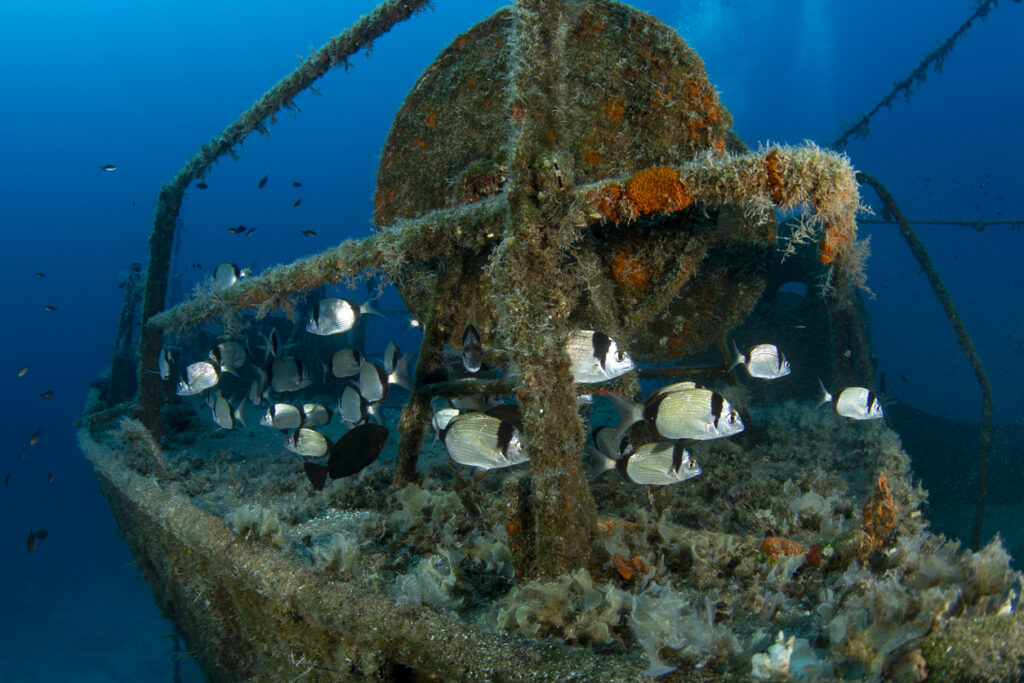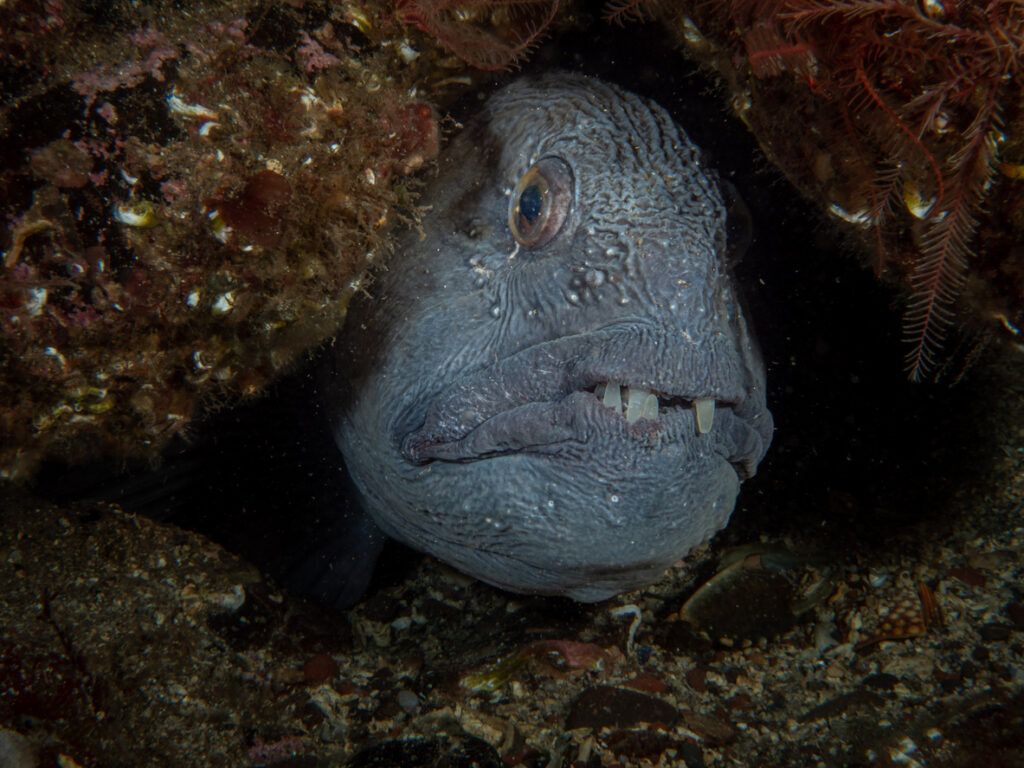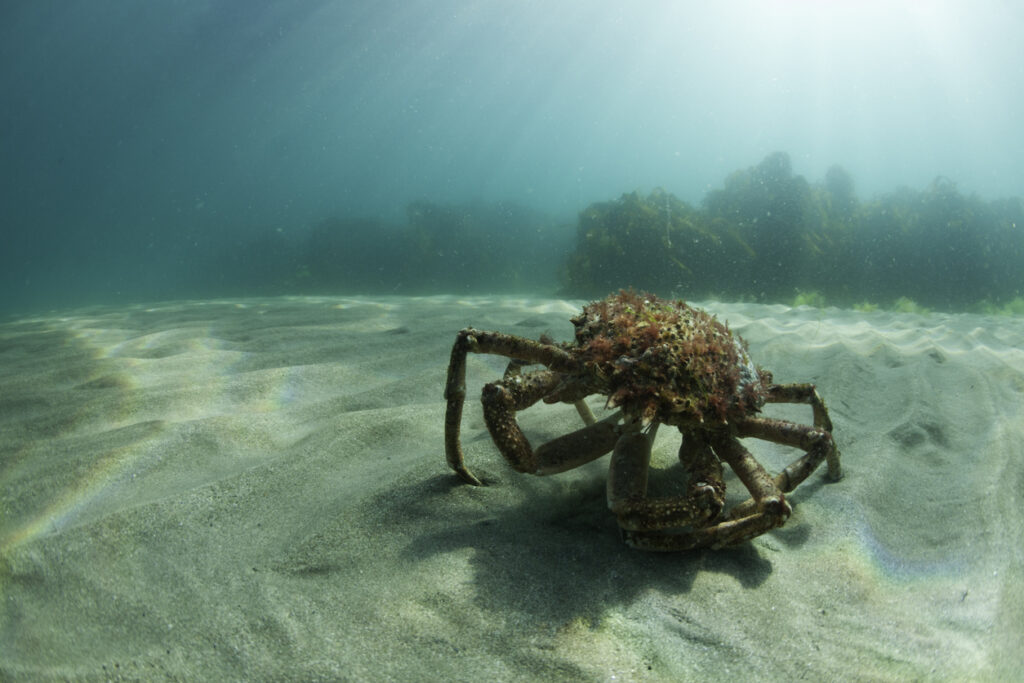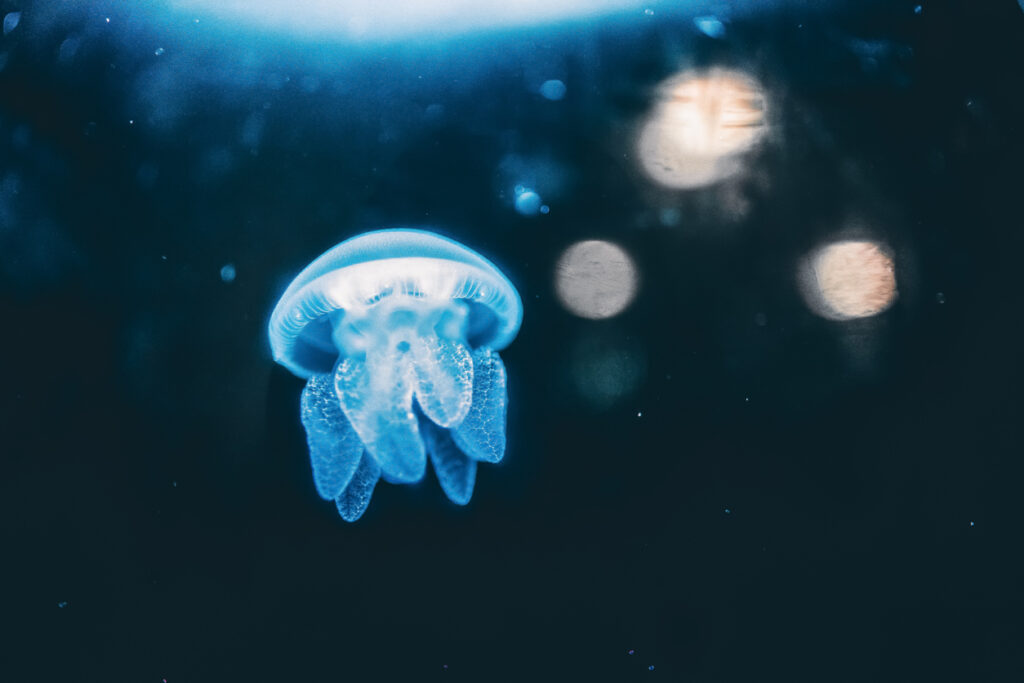From the Atlantic seaboard to the wilds of Australia’s Pacific coast, the world’s oceans are strewn with shipwrecks – remnants of voyages lost to the deep blue. But while such sites are certainly poignant, they do have one upshot: providing an unexpected habitat and safe haven for dozens of marine species.
You see, when a ship sinks to the ocean floor, it doesn’t take long for nature to take over. Fish, crustaceans, coral, and anemones quickly move in, transforming wrecks into artificial reefs on the seabed.
So, exactly what kind of animals are you likely to find in sunken ships? And why are these hulking wrecks such a hit with marine life on the seafloor?
Here, we’re taking a closer look at the myriad of species that make a home in shipwrecks, along with why these unique man-made habitats are so invaluable to the creatures that live in and around them.
Why are sunken shipwrecks such a mecca for marine life?

Shipwrecks may seem like the most unlikely of places to find marine life on the seafloor. After all, sunken ships are known to cause widespread damage to underwater ecosystems, both from the initial impact of hitting the seabed and the long-term effects of pollution and corrosion.
Despite this, marine creatures and plant life love them. Whether just off the UK coast or in the bowels of the Atlantic Ocean, shipwrecks teem with animals, plants, and anemones of every persuasion, to the point where they’ve become some of the world’s most invaluable marine habitats
So, why is this? Well, there are several reasons that biologists are happy to agree on, including:
- Wrecks are the perfect solid substrate for coral growth: Typically, coral grows on rock, which is the ideal solid substrate needed for the creature to flourish. Wrecks mimic this habitat, resulting in the development of artificial reefs that attract a wide array of life.
- Spores, spawn, and larvae cling to sunken ships: In an otherwise barren environment, the spawn of animals and plants cling to shipwrecks for shelter, feeding on nutrients from the surrounding coral and plant life.
- Predators and prey use shipwrecks for shelter: While some fish species seek refuge in sunken ships, predators use their shadowy enclaves to ambush their prey. Indeed, some of the biggest fish in our oceans, including the mighty goliath grouper (Epinephelus itajara) and fearsome great barracuda (Sphyraena barracuda) have been observed using shipwrecks as a vantage point from which to spring a trap on their unsuspecting prey.
- Shipwrecks offer a warmer feeding ground away from the cold seafloor: The seabed is the coldest part of the ocean, so surviving here requires lots of energy and near-continuous feeding. Since they’re elevated off the seafloor and teeming with life, wrecks offer a warmer, more sheltered place for animals to feed.
Which animals live in shipwrecks?
As we’ve established, a surprising variety of life lives in sunken shipwrecks – far too many animals to list in a single blog post, in fact. So, with that in mind, here’s a look at a few of our favourite wreck-dwelling species, some of which are on display in our specially curated Sunken Shipwreck exhibit here at Bristol Aquarium.
1. Atlantic wolffish (Anarhichas lupus)

With its grey, white and black scales and sharp, protruding teeth, it’s easy to see where the Atlantic wolffish got its name. Native to the North Atlantic Ocean, this bottom-dwelling species is no stranger to shipwrecks, where it can often be found feeding on green crabs and sea urchins.
Fun fact: The Atlantic wolffish produces a natural form of antifreeze, which it uses to keep its blood flowing in the extremely cold and hostile depths of the Atlantic Ocean.
2. European spider crab (Maja squinado)

The European spider crab may be migratory, but it spends much of its life in and among reef systems – including ones that grow on shipwrecks. Young spider crabs are known to live among shallow-lying shipwrecks at a depth of around four metres, while mature animals often retreat to the shelter of sunken ships when moulting.
Fun fact: When migrating, the European spider crab is known to cover around 100 miles in eight months.
3. Moon jellyfish (Aurelia aurita)

Since they’re a pelagic species, the magical moon jellyfish has little say over where the tide takes them. Often, ocean currents lead them to shipwrecks, where they subsequently congregate in large numbers. Growing up to 40cm, these beautiful creatures are a regular fixture of sunken shipwrecks around the UK coastline.
Fun fact: Moon jellyfish feed on everything from small molluscs to plankton, drawing their food into their bodies for digestion.
That’s just a handful of the incredible species that can be found living among sunken shipwrecks at the bottom of the ocean floor. To learn more about the wonderful world of wrecks and the unique habitats they provide, why not join us with a visit to Bristol Aquarium? Get your tickets here.
